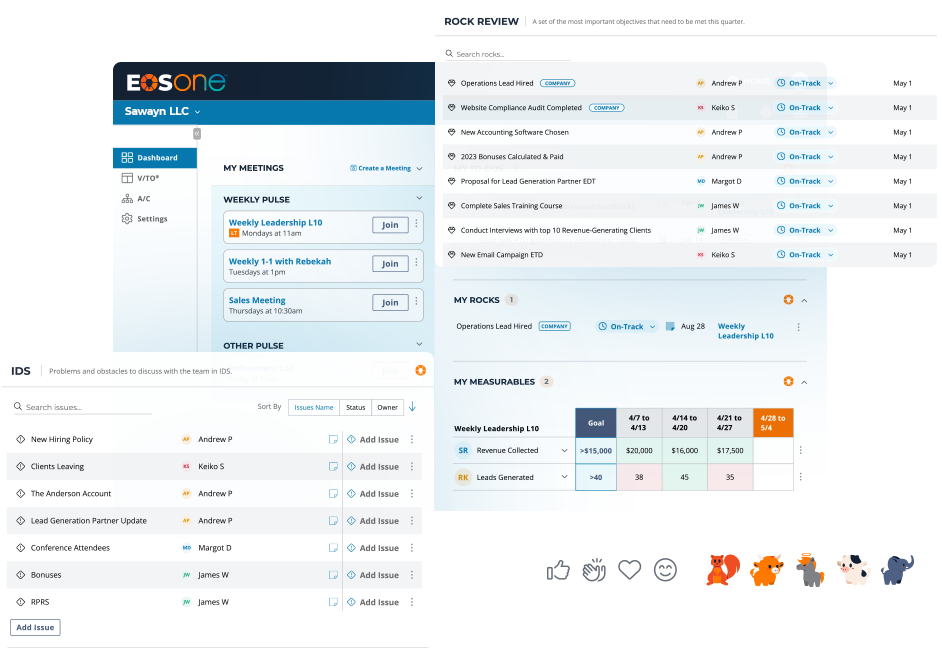The busy-ness of running a family business makes it imperative that you step back once a year and plan for the long-term. If the day-to-day is the race you’re running now, the planning session is what gets you in shape for the ones to come.
Here are five essential goals to strive for at your session, and ways to help you meet them.
- Align the leadership team. One of the main goals of an annual planning session is ensuring that you are all on the same page. Begin with agreeing on a shared vision. This should include answers to the questions— Who are we? What do we do? Where are we going? And how are we going to get there? Identify the values and behaviors that shape company culture. Ask what products or services do you offer and, more importantly, why? Finally, consider a single long-term goal for 8 to 10 years out. What is your ideal target market and what milestones can you work towards in the coming year and three years that will get you closer to that long-term goal?
- Build on strengths while knowing weaknesses. Examine internal and external factors for both. For example, what external opportunities are in your favor? Can you capitalize on certain shifts in how consumers like to shop? Also, ask yourself your team is clinging to outdated processes or something else that will hold you back from leveraging a strength.
- Encourage trust among team members. This is especially important for family businesses, as team members may be limiting their trust of others based solely on family dynamics. Encourage all your team members to be more vulnerable; they should approach it not as a confession of weakness but rather as a willingness to be authentic. One example: being generous in acknowledging that another person may have more expertise than they do in accomplishing a specific task. Another: asking for more help on a project from those equipped to provide it. One positive outcome will be a greater willingness to explore as a group newer, and even riskier, ideas.
- Find strategic solutions to key issues rather than ad-hoc fixes. This means digging deep to first find the cause of a problem. Consider both internal roundtable discussions and external coaching or consulting to gain new insights. There may well be a short-term fix — which is fine, provided you work through to a longer-term, strategic solution. Think of it as preventive medicine that will keep the problem from recurring.
- Plan for the future. Be SMART in how you set your future objectives — make them Specific, Measurable, Achievable, Relevant and Time-bound. Identify resources you have and those you will need. Implement the basics of solid marketing strategy — adaptable, data-driven and customer-centric. And be sure to set and track key milestones.
Tips for a successful session:
- Meet outside the office to avoid disruptions from day-to-day demands.
- Include trust-building activities, such as dinners, self-discoveries and games.
- Use an external facilitator to remove bias and encourage active participation.
- Prepare in advance and bring relevant documents, such as strategic plans and accountability charts.
- Limit the session to your top, leadership team to drive effective and immediately actionable outcomes.
Need help planning and facilitating your annual retreat. Let’s talk.


